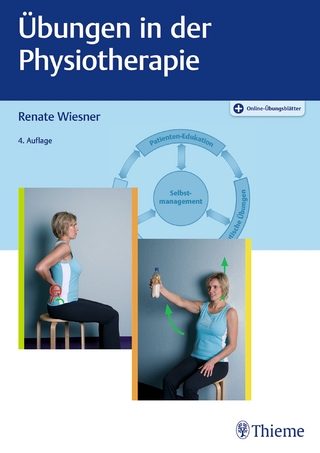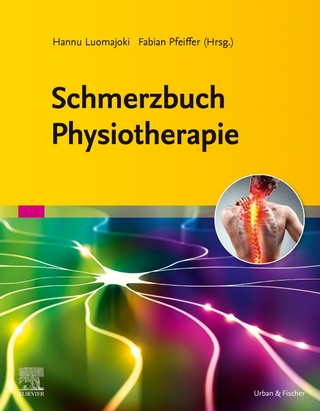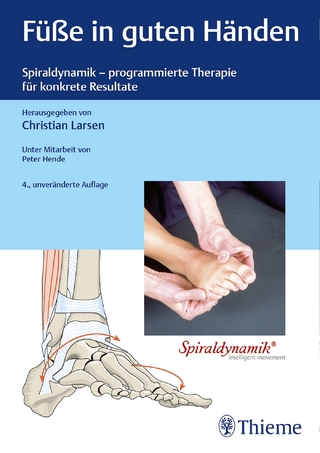
The Fluid Dynamics of Cell Motility
Cambridge University Press (Verlag)
978-1-316-62670-2 (ISBN)
Fluid dynamics plays a crucial role in many cellular processes, including the locomotion of cells such as bacteria and spermatozoa. These organisms possess flagella, slender organelles whose time periodic motion in a fluid environment gives rise to motility. Sitting at the intersection of applied mathematics, physics and biology, the fluid dynamics of cell motility is one of the most successful applications of mathematical tools to the understanding of the biological world. Based on courses taught over several years, it details the mathematical modelling necessary to understand cell motility in fluids, covering phenomena ranging from single-cell motion to instabilities in cell populations. Each chapter introduces mathematical models to rationalise experiments, uses physical intuition to interpret mathematical results, highlights the history of the field and discusses notable current research questions. All mathematical derivations are included for students new to the field, and end-of-chapter exercises help consolidate understanding and practise applying the concepts.
Eric Lauga is Professor of Applied Mathematics at the University of Cambridge and a Fellow of Trinity College, Cambridge. He is the author, or co-author, of over 170 publications in the field of fluid mechanics, biophysics and soft matter. He is a recipient of a CAREER Award from the US National Science Foundation (2008), and of three awards from the American Physical Society: the Andreas Acrivos Dissertation Award in Fluid Dynamics (2006), the François Frenkiel Award for Fluid Mechanics (2015) and the Early Career Award for Soft Matter Research (2018). Lauga is a Fellow of the American Physical Society.
Part I. Fundamentals: 1. Biological background; 2. The fluid dynamics of microscopic locomotion; 3. The waving sheet model; 4. The squirmer model; Part II. Cellular locomotion: 5. Flagella and the physics of viscous propulsion; 6. Hydrodynamics of slender filaments; 7. Waving of eukaryotic flagella; 8. Rotation of bacterial flagellar filaments; 9. Flows and stresses induced by cells; Part III. Interactions: 10. Swimming cells in flows; 11. Self-propulsion and surfaces; 12. Hydrodynamic synchronisation; 13. Diffusion and noisy swimming; 14. Hydrodynamics of collective locomotion; 15. Locomotion and transport in complex fluids; References; Index.
| Erscheinungsdatum | 31.12.2019 |
|---|---|
| Reihe/Serie | Cambridge Texts in Applied Mathematics |
| Zusatzinfo | Worked examples or Exercises; 55 Halftones, black and white; 23 Line drawings, black and white |
| Verlagsort | Cambridge |
| Sprache | englisch |
| Maße | 170 x 244 mm |
| Gewicht | 750 g |
| Themenwelt | Medizin / Pharmazie ► Physiotherapie / Ergotherapie ► Orthopädie |
| Naturwissenschaften ► Physik / Astronomie ► Angewandte Physik | |
| Naturwissenschaften ► Physik / Astronomie ► Strömungsmechanik | |
| Technik ► Medizintechnik | |
| ISBN-10 | 1-316-62670-9 / 1316626709 |
| ISBN-13 | 978-1-316-62670-2 / 9781316626702 |
| Zustand | Neuware |
| Haben Sie eine Frage zum Produkt? |
aus dem Bereich


